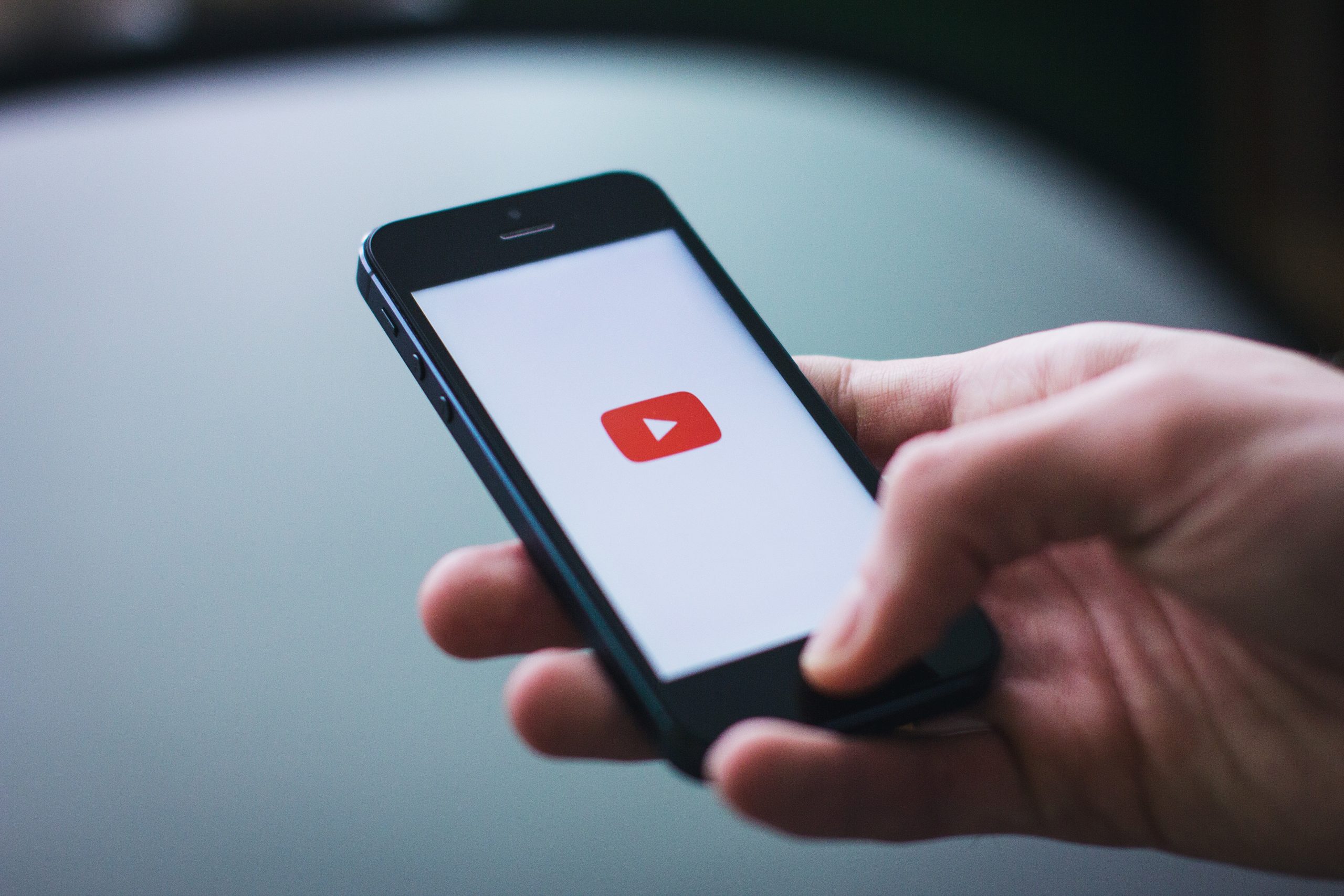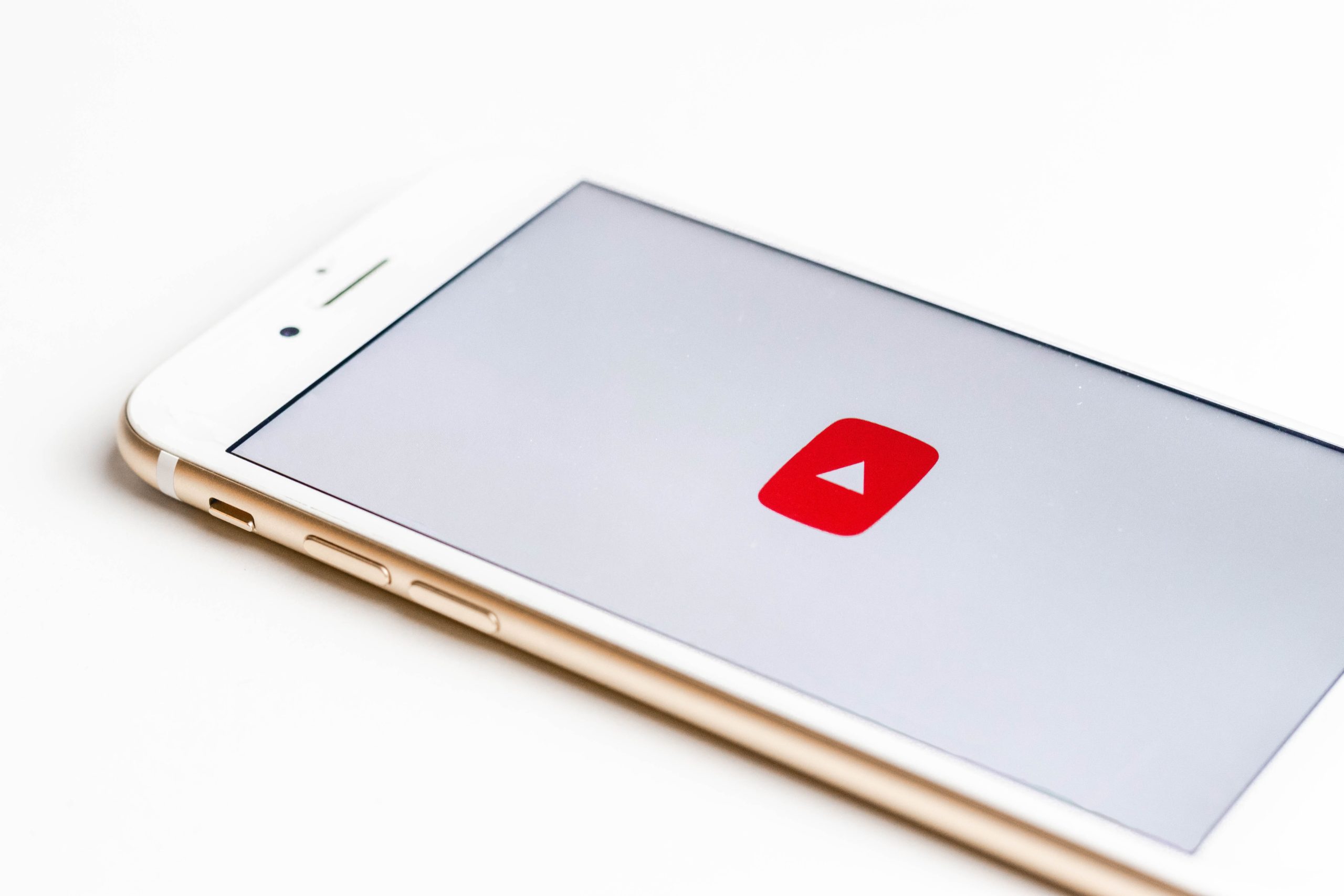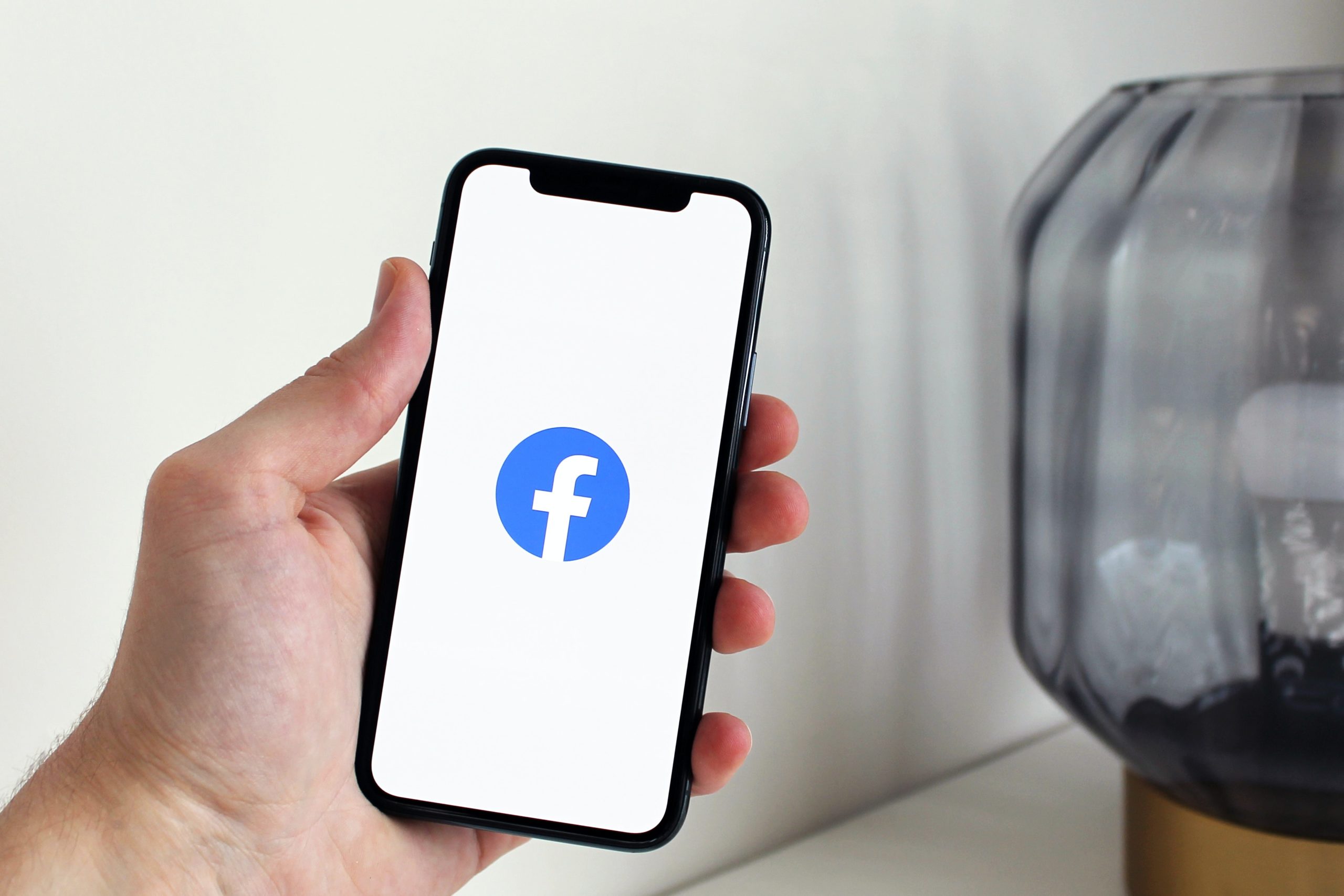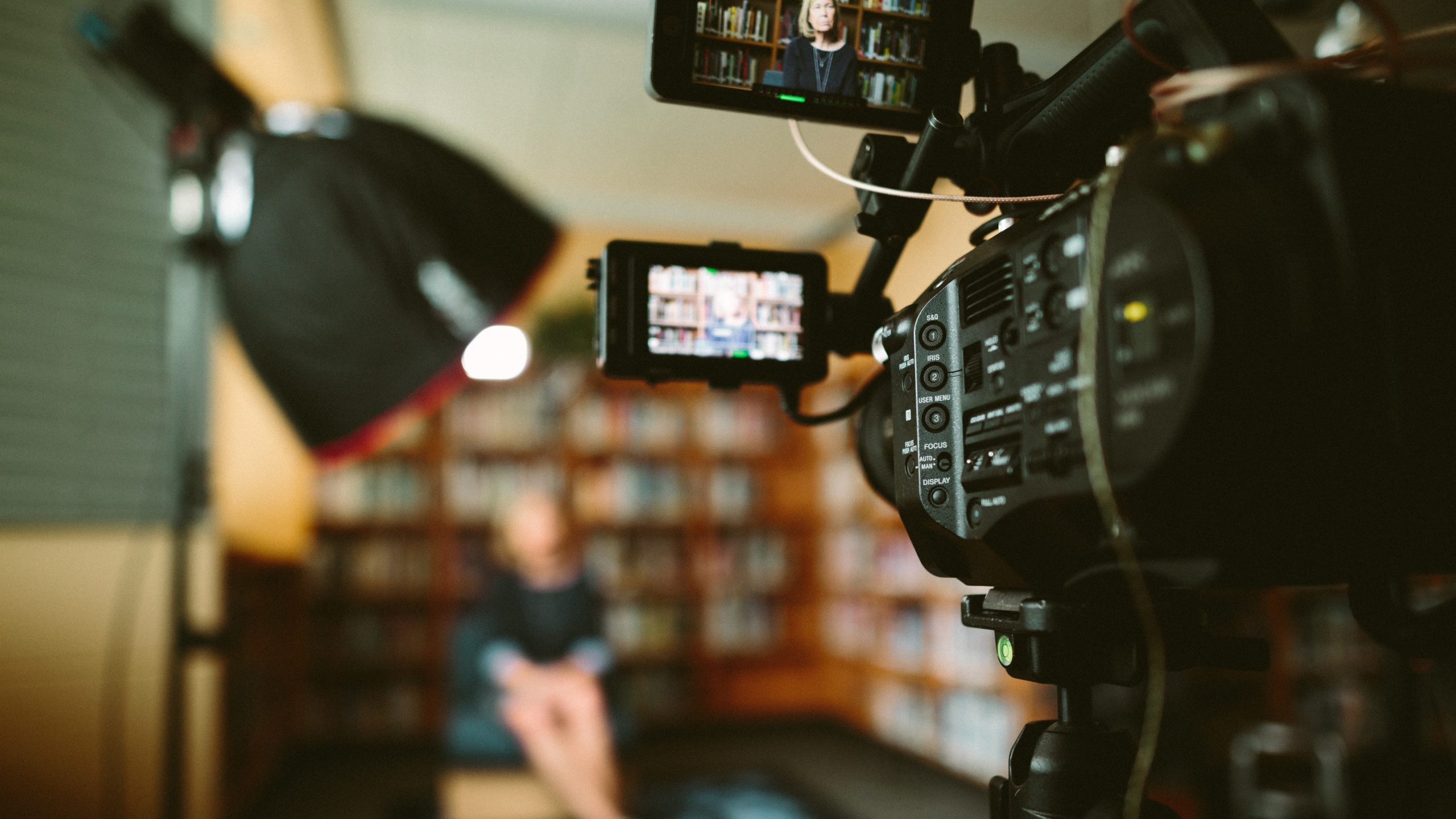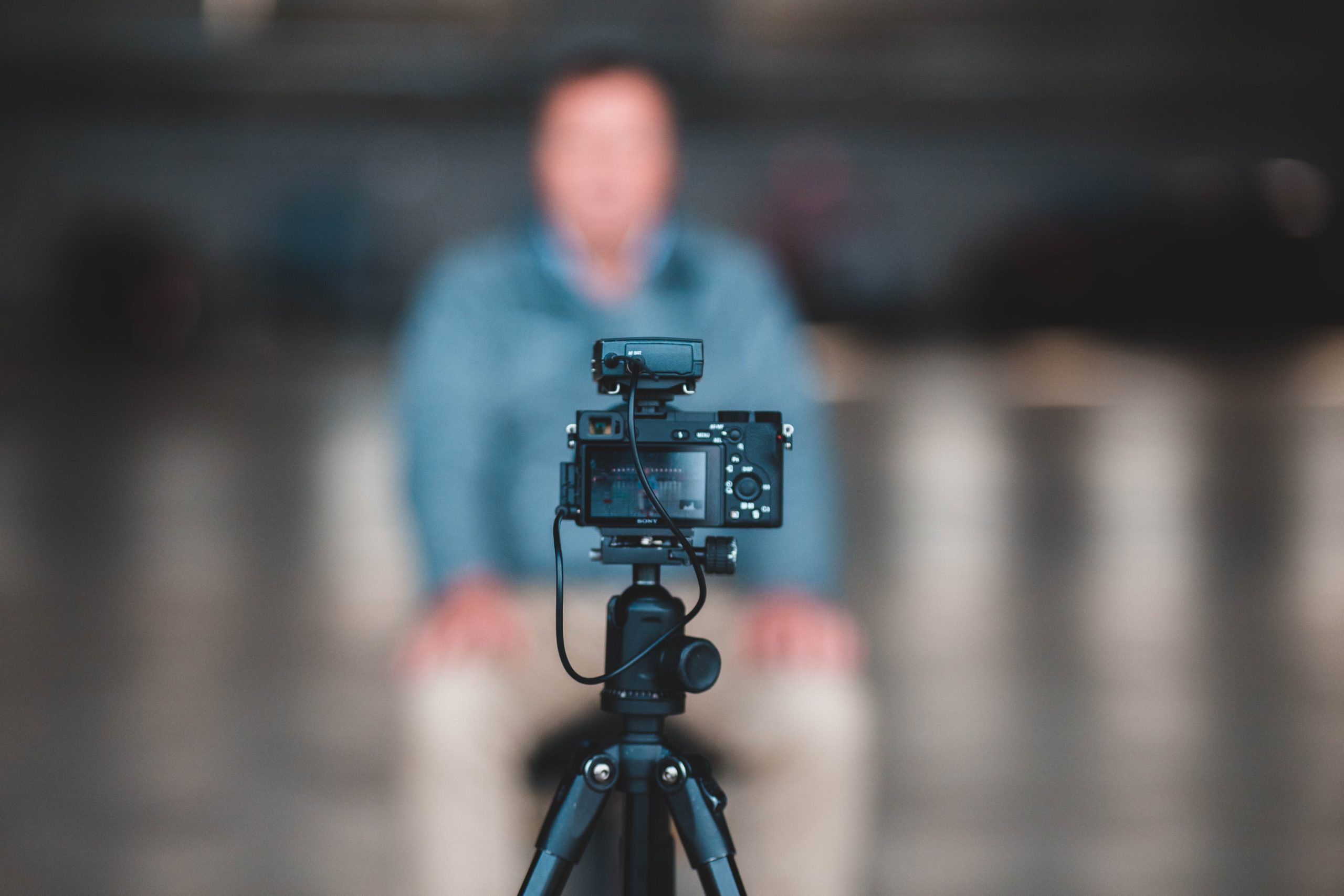Live streaming involves creating and sharing videos in real-time. You’ve likely noticed a lot of live streams happening over the past year, you’ve probably even watched a few of them yourself. We’re seeing live videos becoming increasingly popular, with the live streaming industry increasing by 99% in 2020.
Platforms like Facebook, Instagram, YouTube and more offer you a particularly useful way to reach and interact with your audiences by letting you stream live to them. Almost 80% of Internet users watch Facebook Live videos, and they even spend 3 times longer watching them compared to traditional videos.
Live streaming allows you to interact with your audience in real-time, which helps break down barriers and enables you to create a deeper connection with your audience than is typically possible through other forms of marketing. It shows your brand in a more human and transparent way by encouraging a conversation between you and your audience.
Another great benefit to going live is that it is actually a lot less time-consuming than creating other video content. It doesn’t require you to spend endless hours editing and it isn’t held to the same high level standard as your regular content uploads would be.
Here are some of our top tips for live streaming
- Keep your set up simple. This is particularly relevant for beginners. The very minimum you need to go live is a camera with a video capture device (or a webcam), a high-performance computer, and internet connection. For help with getting started you should take a look at Darren’s video on the 3 things you need to make quality videos on your phone.
- Have back-ups of everything if possible. This ensures that you’re ready for everything.
- More than 50% of live streaming viewers will leave a stream within 90 seconds if the quality is low, so make sure to check your internet upload speed before broadcasting. You can use sites such as speedtest.net to do this. Disable or pause any unneeded apps you might be running in the background.
- Don’t forget to announce it on your socials that you’re going live. Include the details like, what time, what platform, and a hint about what type of content they can expect.
- Set things up early and give yourself plenty of time to test everything. It’s always helpful to set up an external display with your live stream so that you can monitor it from your audiences point of view. However, you should also always remember to try look into the camera during your live, not at additional monitors or the camera’s display.
- Try your best to respond to comments live, it encourages even more users to interact and to join in your future live streams. You can do this by either answering comments live on the stream or having someone reply in the comments section from the company page.
- Make sure you have an idea of what topics you’ll be focusing on or what you’re going to be doing. At the same time try maintaining a level of balance between reacting to comments and loosely following your own script.
- Finally, try to relax and enjoy it! Mistakes can happen but don’t worry about it, its all part of going live.
You can use this live streams to share tips and information and your company, how your product or service works, to show a behind the scenes look into your business, to interview someone relevant to your industry, to stream or promote events and so much more. 80% of consumers would rather watch a live video than read a blog, so why not try it out for yourself?
If you would like help with live streaming your event, show, or anything else contact us!




